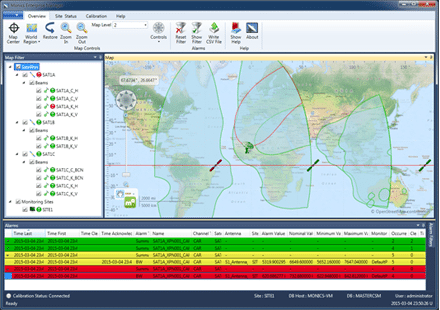Kratos’ SatID Helps to Improve Interference Mitigation

Kratos Monics Enterprise. Photo: Kratos
Kratos Defense & Security Solutions announced that its satID satellite interference geolocation product offers a Time Division Multiple Access (TDMA) network geolocation capability to combat Very Small Aperture Terminal (VSAT) interference.
According to Kratos, the satID product can locate satellite interference within 5 km of the source. The TDMA geolocation module enables satID to classify the signals from a TDMA network and provide geolocation results per terminal using advanced classification, filtering and processing. The TDMA option leverages SatGuard technology that identifies VSAT terminals by their ID to generate significantly more geolocation results.
Beyond interference mitigation, the TDMA network geolocation module can help organizations in the satellite industry gain better visibility into VSAT networks. By geolocating VSAT networks, it becomes possible to profile and understand TDMA network usage enabling improved operations, according to Kratos. As an example, with an understanding of where VSAT terminals are located, satellite operators are able to improve capacity planning efforts to optimize beam coverage and bandwidth allocation.
The TDMA network geolocation capability adds to the existing modules available for satID, which include a signal cancellation capability that enables customers to perform geolocation scenarios much more efficiently and effectively. The module helps mitigate the effects of blocking carriers with a real-time signal removal capability. In addition, an advanced spectrum analysis option employs features from Kratos’ Monics carrier monitoring product to provide carrier-under-carrier modulation analysis and a new threshold triggering capability within satID.